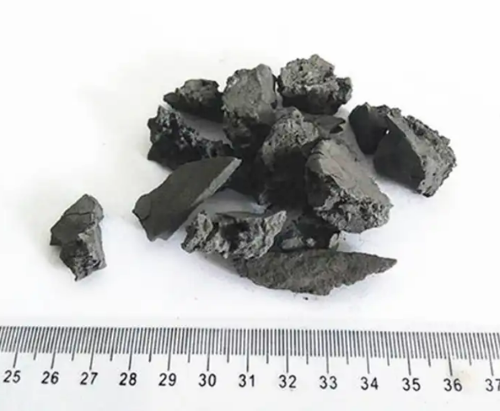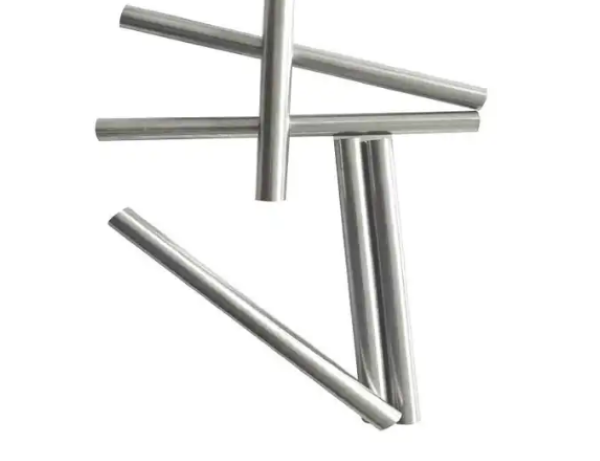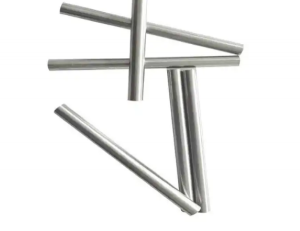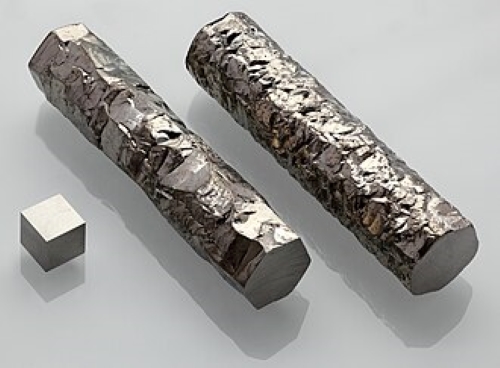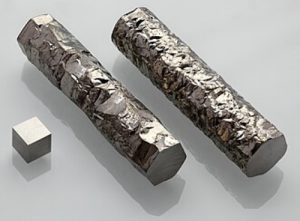Introduction
Zirconium and hafnium nestle among the transition metals and share a tale of intertwined properties. They are often found together in nature due to their chemical similarity. They also possess distinct characteristics, so they become essential in various industrial, scientific, and technological applications.
Let’s have a detailed discussion about their features and uses in this article. Hope that you can have a better understanding.
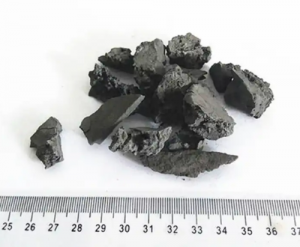
Zirconium: A Versatile Metal with Various Uses
Zirconium is a lustrous, gray-white, strong transition metal. It’s highly resistant to corrosion, making it valuable in nuclear reactors and chemical processing. It also finds uses in alloys, ceramics, and even as a gemstone substitute.
Zirconium has many applications. Here are some notable ones:
- Its primary use is in the realm of nuclear technology. Its ability to withstand extreme temperatures, corrosion, and irradiation makes it an essential material in nuclear reactors. It serves as a cladding material for fuel rods. It can withstand harsh reactor environments.
- Besides, zirconium’s uses extend to other industries. Its compounds, notably zirconium dioxide or zirconia, find widespread use in ceramic applications. For instance, it is applied to make high-performance ceramics used in dental crowns, hip replacements, and other medical implants.
- Zirconium also plays a crucial role in the aerospace industry. Zr contributes to the manufacture of jet engine parts because their heat resistance and strength are highly prized.
Hafnium: The Elemental Twin with Unique Properties
Closely related to zirconium, hafnium shares numerous similarities. It also possesses distinct attributes that set it apart. Hafnium is notable for its high affinity for oxygen. Thus, it finds uses in creating vacuum tubes and plasma-cutting torches.
One of the most intriguing aspects of hafnium is its application in the field of microelectronics.
- Hafnium dioxide has a high dielectric constant and excellent insulating properties. Thus, it has emerged as a critical component in modern semiconductor technology.
- Also, it is used as a gate insulator. These advanced devices enhance the performance of integrated circuits.
The Zirconium-Hafnium Interplay
The symbiotic relationship between zirconium and hafnium emerges from their shared origins in nature. Zirconium ores often contain varying concentrations of hafnium. So, their separation is a challenging task since they have chemical similarities and nearly identical atomic radii.
The strategic extraction and purification of hafnium from zirconium are essential to access high-purity hafnium for specialized applications. That’s especially useful in the semiconductor industry because even minute impurities can significantly impact device performance.
Related reading: Separation of Zirconium and Hafnium
Future Prospects and Advancements
As technology continues to advance, the synergistic potential of zirconium and hafnium continues to expand. Research and development efforts focus on enhancing their properties, exploring novel alloys, and optimizing manufacturing techniques to meet evolving industrial demands. The quest for materials capable of withstanding extreme conditions in aerospace, energy, and healthcare sectors fuels ongoing exploration into the applications of these elements.
Conclusion
Zirconium and hafnium are bonded through their shared presence in ores and their parallel yet distinct properties. They stand as integral elements in the tapestry of modern technology and industry. Their diverse uses range from nuclear reactors to semiconductor development and medical advancements. These elements showcase their prowess across a spectrum of applications.
For over two decades, Stanford Advanced Materials (SAM) has been a trusted source. We deliver top-notch, high-purity zirconium products tailored to our clients’ precise requirements. SAM offers quality pure zirconium and zirconium alloy rods at competitive prices. Customization is also welcome. For more information, please check our homepage.
